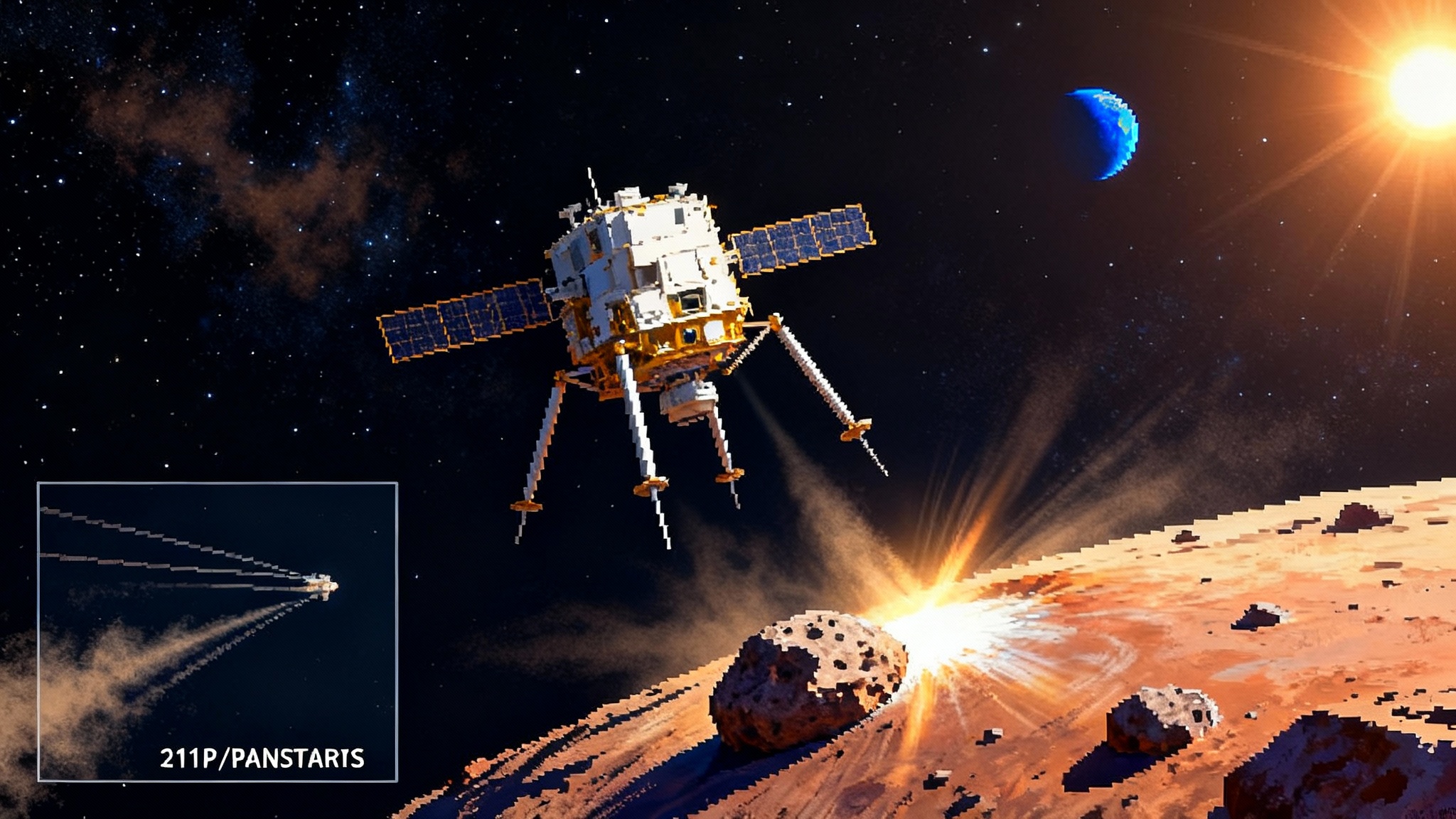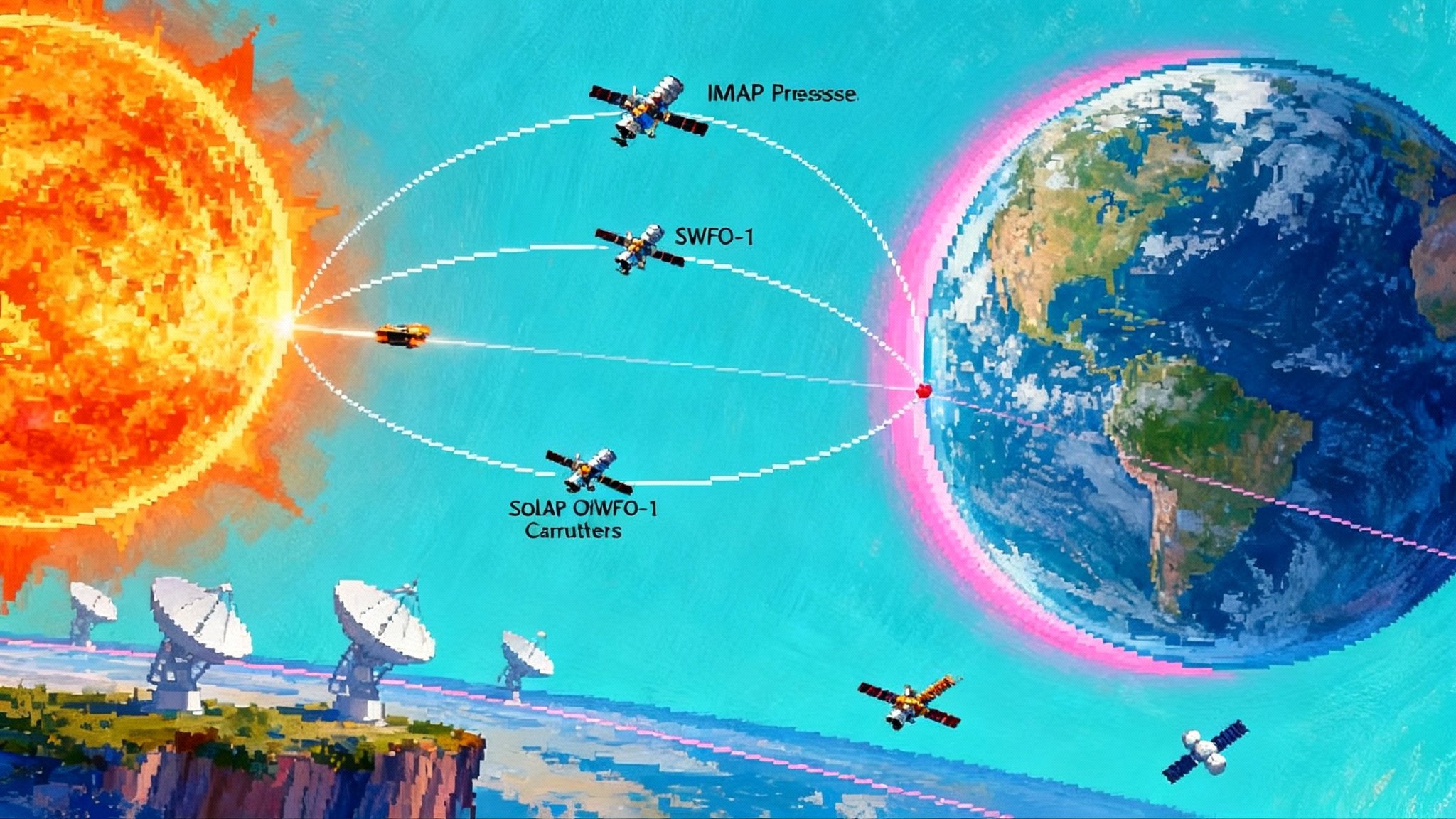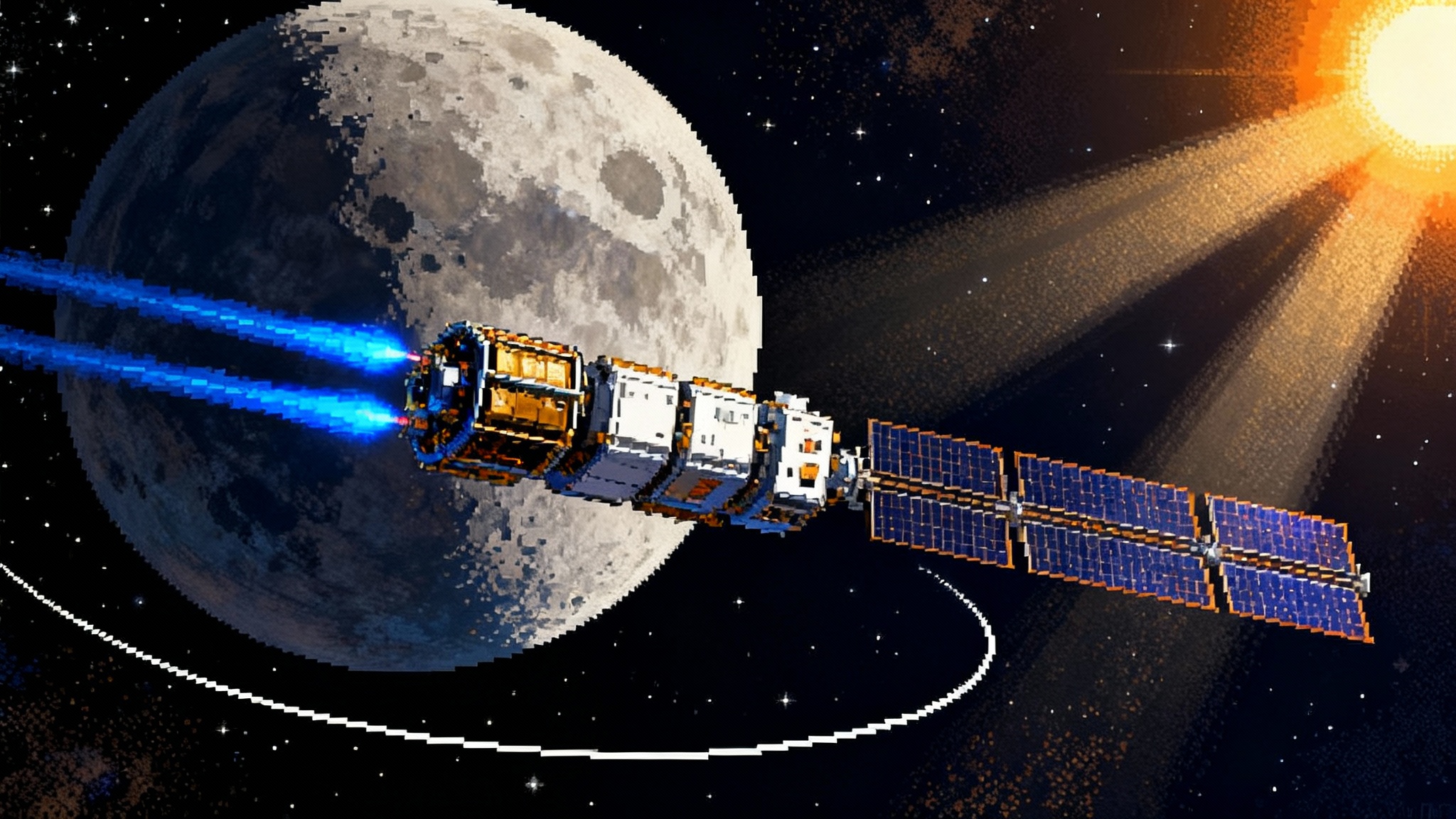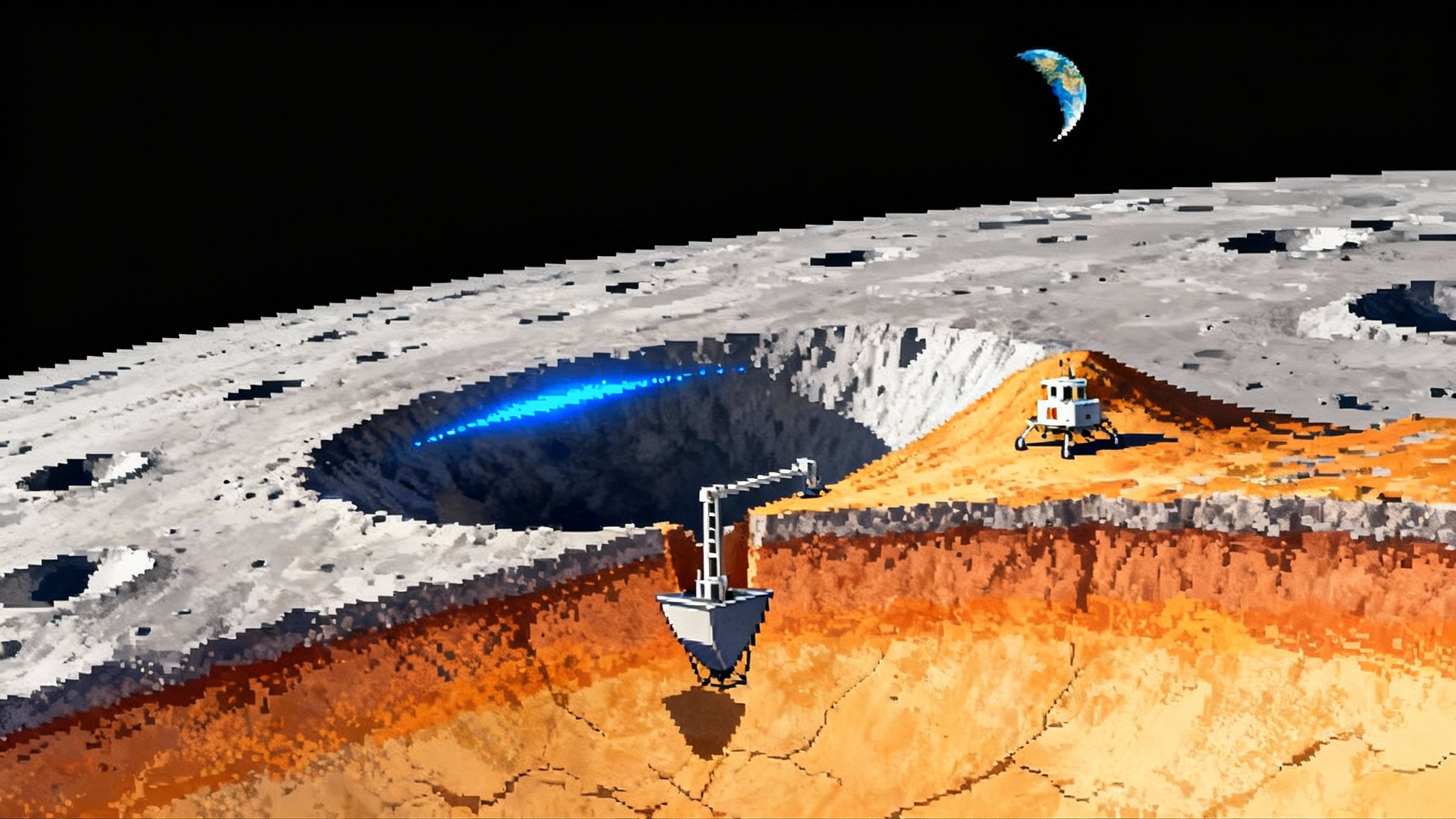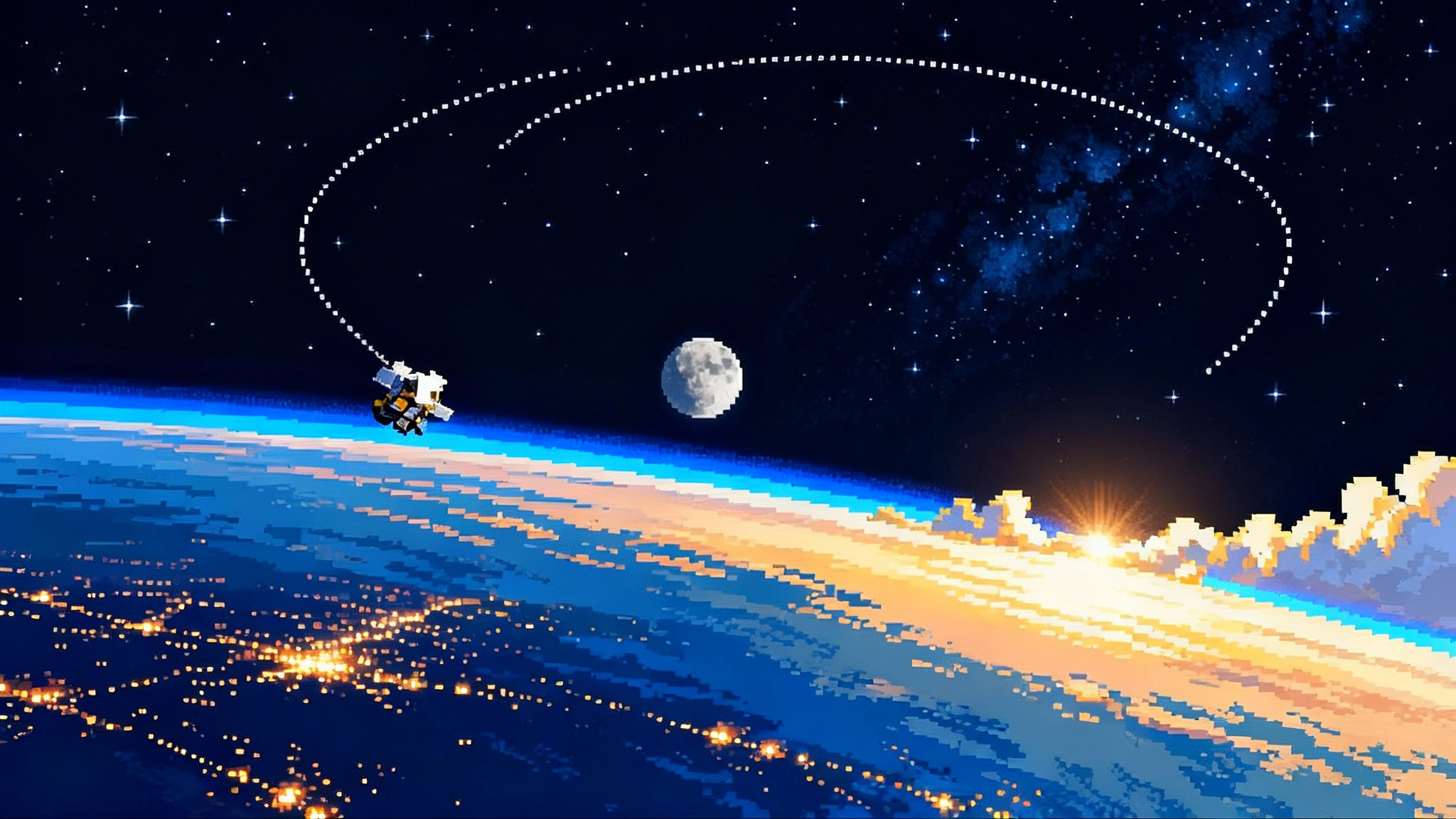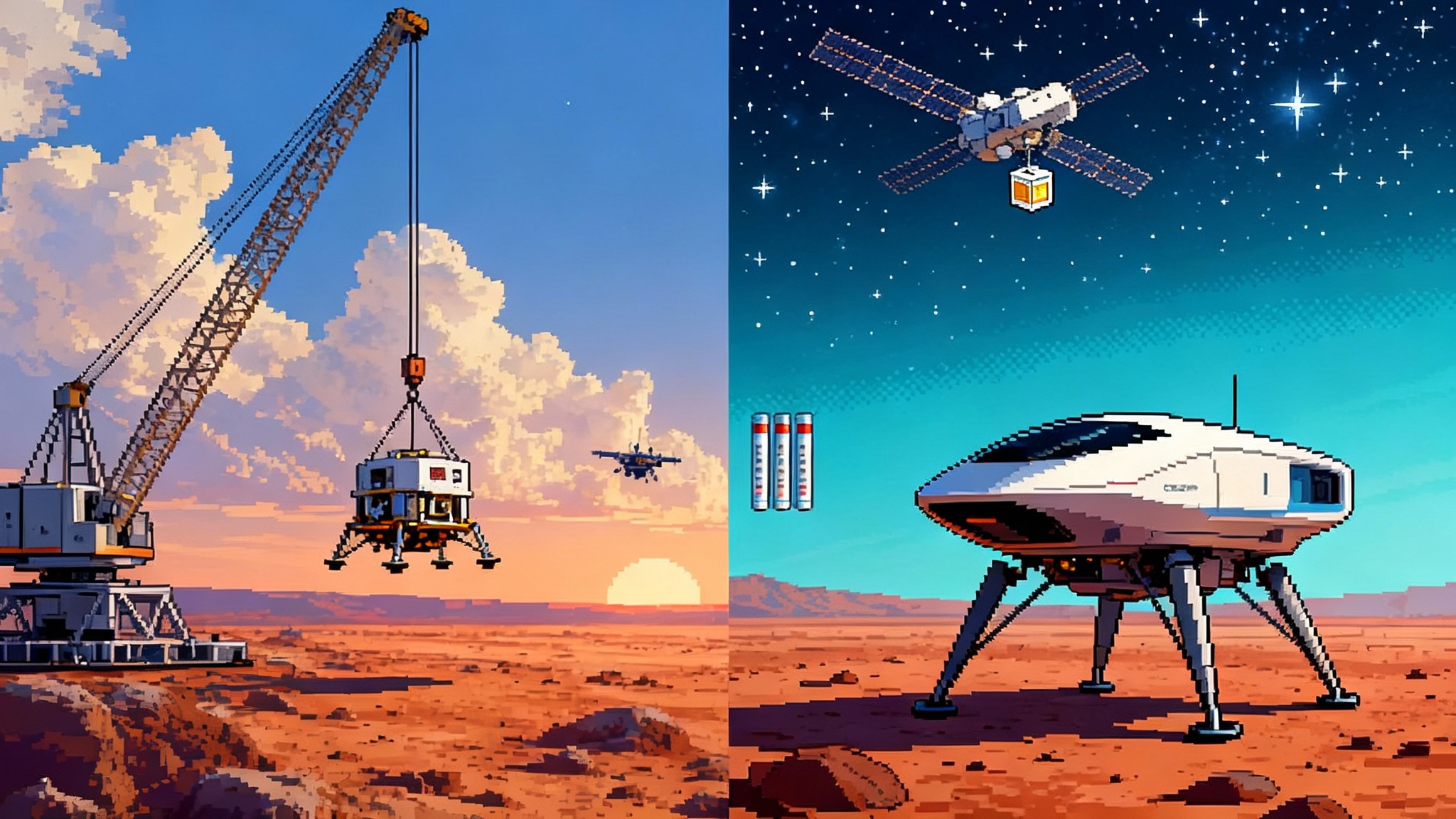3I/ATLAS: Why This Interstellar Comet Matters Right Now
The third interstellar comet ever discovered is racing through the inner solar system in 2025. See what telescopes are finding, when to look, and how 3I/ATLAS could reshape theories of how planets form.
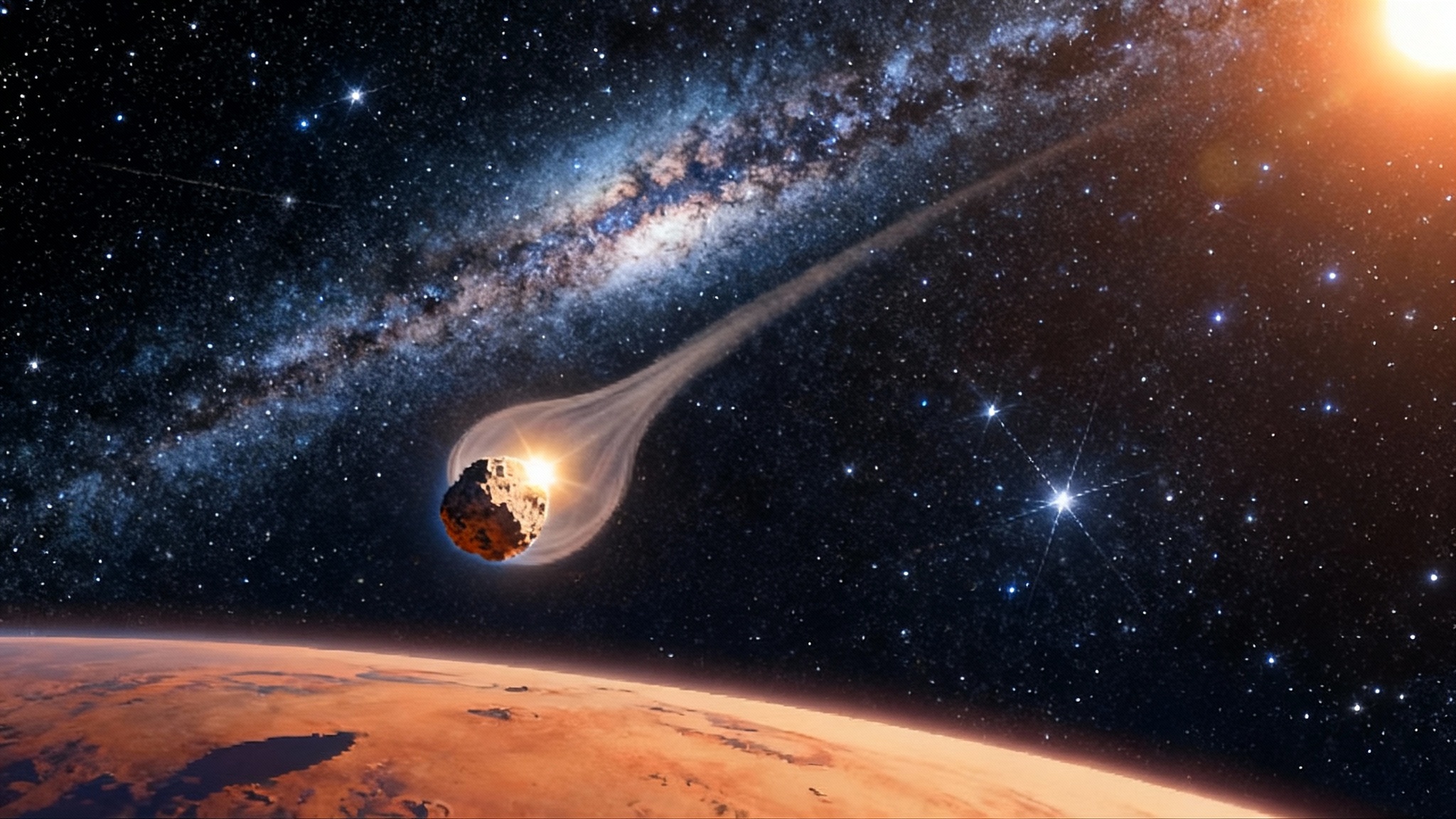
A third messenger from another star
Key facts
- Discovered on July 1, 2025 by the ATLAS survey in Chile.
- Perihelion expected near October 30, 2025 at roughly 1.4 AU.
- Safest approach to Earth is about 1.8 AU in December 2025.
Follow up observations showed a strongly hyperbolic orbit, marking this object as the third confirmed interstellar visitor after 1I/ʻOumuamua and 2I/Borisov. For a concise status summary, see NASA’s early measurements and timeline.
What the first images show
Within weeks of discovery, the Hubble Space Telescope imaged a teardrop shaped coma surrounding an unresolved icy core. By tracking how light fills the coma as the comet warms, astronomers can bracket nucleus size. Early limits point to a body no larger than a few kilometers, with the possibility of a much smaller core. These bounds will tighten as additional data arrive.
Gemini’s growing tail and the onset of activity
Nightly ground based coverage has been essential. The twin Gemini telescopes captured a broadening coma and lengthening tail soon after discovery, a clear sign that sunlight is lofting dust and gas. See Gemini North’s observations of 3I/ATLAS for an early look that set up deeper spectroscopy as the comet brightens.
These features are more than photogenic. Tail geometry, coma color, and how brightness changes with distance from the Sun reveal grain sizes, jetting behavior, and how heat penetrates the surface crust.
The orbit, the speed, and when to look
3I/ATLAS entered from the southern sky and will arc inward to perihelion around October 30, 2025. It should reappear in the morning sky in early December after a brief period too close to the Sun to observe. The object’s space speed is tens of kilometers per second, so coordinated global campaigns are crucial. You cannot make up a lost night with an interstellar visitor.
The chemistry that could rewrite formation stories
Comets are time capsules. With an interstellar comet, that capsule formed in another planetary system. As 3I/ATLAS warms, astronomers will target:
- Water and OH lines in ultraviolet and infrared to measure water release rates.
- Carbon monoxide and carbon dioxide, which sublimate at low temperatures and can drive early activity far from the Sun. Their ratio is a sensitive proxy for formation temperature.
- CN, C2, and organics, whose strengths relative to water hint at processing during the comet’s long interstellar cruise.
- Isotopes such as D/H in water and isotopes of carbon and nitrogen, which fingerprint formation environments.
If hyper volatiles like CO and CO2 dominate at large distances, formation likely occurred in a very cold outer disk. If water-driven activity rises only near the Sun, 3I/ATLAS may resemble many Oort Cloud comets, enabling direct cross system comparisons.
How 3I stacks up with ʻOumuamua and Borisov
ʻOumuamua was small and oddly noncometary, while 2I/Borisov looked like a classic dusty comet. So far, 3I/ATLAS behaves more like Borisov, with a true coma and tail. Size remains an open question, ranging from a few hundred meters to a few kilometers. The answer affects rotation, jet behavior, and how much fresh material is exposed as the surface fractures.
A stress test for planetary defense
Interstellar visitors are not hazards by default, but they stress test discovery and tracking systems. Rapid detection, Minor Planet Center coordination, and fast orbit updates mirror what a real warning would require. Related small body efforts like OSIRIS-APEX locks aim on Apophis show how targeted flybys can transform risk understanding and science return. For new target opportunities, see our note on a new quasi-moon mission target.
What an interceptor could learn
A fast flyby would turn models into measurements: high resolution imaging of crust texture and jets, in situ dust and gas sampling, and precise mass and shape. Missions take years to assemble, which is why agencies are studying rapid response concepts and pre positioned spacecraft. China’s Tianwen-2’s two-stop quest illustrates how agile small body missions can stack science across multiple targets.
How to follow along from Earth
3I/ATLAS is unlikely to become a naked eye spectacle, but larger amateur telescopes should track it before perihelion and again in December. The best views will come from dark southern skies. Watch for three milestones: early October imaging as activity ramps, perihelion near October 30 when outgassing may spike, and early December morning returns to assess how much mass the comet shed inbound.
The payoff
Every data point from 3I/ATLAS tightens planet formation models. If its chemistry mirrors local comets, the galaxy’s recipe for planet building may be surprisingly uniform. If it proves unusual, diversity rules and our solar system is just one of many distinct outcomes. Either way, this brief visit turns a distant concept into a live, measurable encounter with material from another star system.
